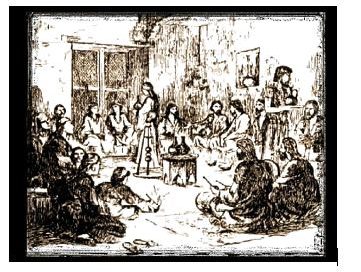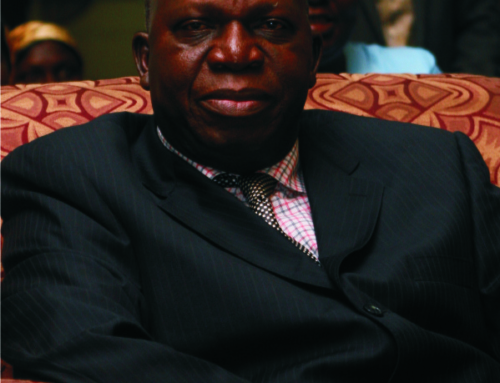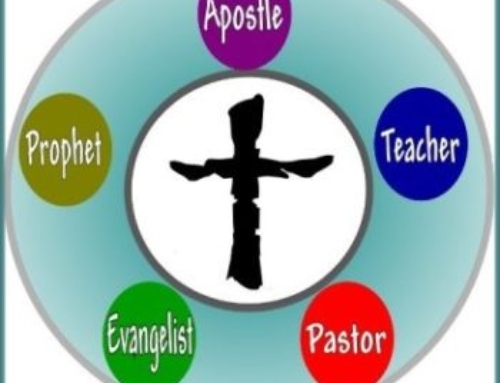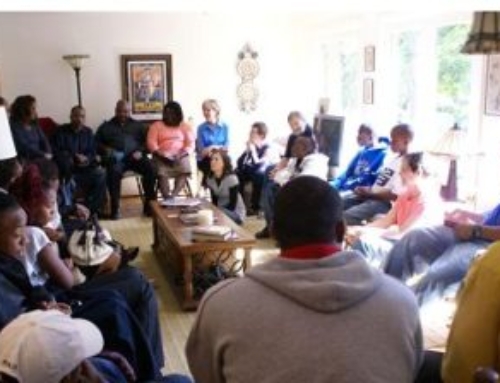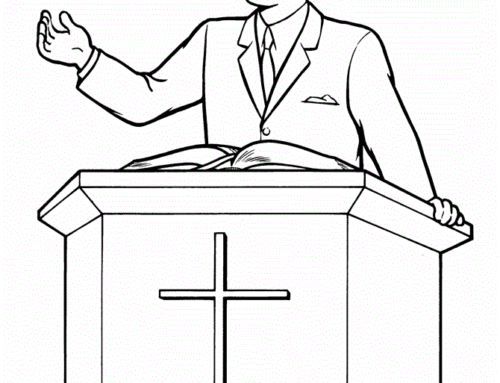Please, be advised to read Part I-IV, to gain a better understanding – if you have not done so.
=================
Now, there is a similar concept practiced in some churches. Some call it congregational meeting, others call it believers meeting. Some hold it just once a month, others once a quarter. It is supposed to be a meeting for members to freely ask any question bothering them or pass their comments. In many of these so-called believers’ meeting, the pastor is definitely in charge; and you will likely hear statements like:
- “We thank God for the life of our pastor. We want to humbly suggest that he should consider making his sermons just one hour; it will encourage more people to attend this church”
- “Thank God for our children teachers. Can we be serving our kids some light refreshments because many of them always get hungry and come to distract their parents in the main service.”
- “Our ushers should be more cheerful and homely when welcoming worshippers to service”
And things of that nature. Even when questions are asked, more often than not, it is the pastor who has the monopoly of wisdom and knowledge to answer all the questions. Now, does any of this look or sound in any way like what we’ve read in 1 Corinthians 14:26 or Ephesians 4:16?
Some observations
I observe that the first type of meetings is teacher-focused. The teacher/preacher is and will always be in the spotlight; hence, it is so easy to be corrupted by the carnal dimension. It is so easy, dear brethren, for both the teacher and the taught to take their eyes off Christ who should have the pre-eminence in His Assembly. It is easy for the teacher’s giftedness to get in the way of Christ. His charisma and giftedness soon become the rallying point—and no longer Christ.
I have also observed that in the first type of meeting, virtually everybody who has the floor is set to performance mode. In the second type of meeting, however, no one under the spotlight but Christ. All eyes are on Him. In this arrangement, the mountains (of pride and self-confidence mostly found in the gifted among us) will be abased and the valleys (of insecurity and low self-esteem usually found in the laity) will be exalted, this creating a level ground where only the Lord is exalted amen.
Here’s what may startle you a bit: having teachers and preachers continually preaching to the rest of the Ekklesia will never mature the Ekklesia. For sure, it will make us knowledgeable about God but will never being us into the experiential knowledge of the Son. Why? Because coming into unity and perfect knowledge according to Ephesians 4:13 requires that which every joint supplies (4:16). If ministry is just one-way, the knowledge of the Son and Christ-like maturity will remain a mirage.
I hope you can see that although it is not very pronounced in the scripture, this second type of meeting is very much there and actually encouraged by the early apostles. The question is why do we have more of the first type of meeting and we hardly have the second type of meetings anymore today? And why is this second meeting necessary?
Let me use the master-apprentice analogy; enter in the new apprentice to the master’s workshop. He must go through a three-year learning and training in order to become a mechanic himself. The first year, we observe that the master does most of the doing and talking while our new apprentice does most of the watching, listening and asking questions. The second year, it becomes participatory, still the master taking the most lead. By the third year, the master is actually sitting down while the apprentice is doing most of the work. He only gets up when the apprentice has to deal with some very complex cases. Take note of those stages in learning:
Stage 1 – watching, listening, asking questions
Stage 2 – active involvement;
Stage 3 – taking charge with minimal supervision.
You cannot keep the learners at stage 1 perpetually and assume that actual learning has taken place.
Some may be asking, what exactly am I getting at? Am I advocating doing away with the first type of meetings? No, not at all! For the umpteenth time, let me say that they are indispensable for the building up of the Body. But this is the whole point of this series: THE FIRST TYPE OF MEETINGS (SERMON-CENTRED) WAS NOT THE DEFINING CHARACTERISTIC OF THE PIONEER CHRISTIAN ASSEMBLY AND SHOULD NOT BE WHAT DEFINES THE LOCAL ASSEMBLIES TODAY. When you hear the word “church”, what comes into your mind? Of course, it is the main service where the preaching ministry of one man is the high point of the service. To arguably 99% of Christians today, that is church.
Conversely, when the scenario of 15 saints gathering in a home and sharing with one another as led by the Spirit is described, most people will have difficulty recognizing that as “church”. They will say: “Oh, that is just a fellowship. But one day, they may grow to become a church.” By that, they mean that the small group will soon become large and move into a rented hall with a church name and pastor. You see, that kind of thinking clearly shows that what defines “church” as we know it is the first type of meeting. The second type of meeting has been swallowed up by the first!
But let me give you two reasons why I believe that the second type of meetings is actually what defines the Ekklesia. Remember that when they were called Christians, what was it that the people saw in them and made them to be in awe? Undoubtedly, it was that flow of the life of Christ within the local assemblies—and not the apostolic teachings. What made lasting impressions on society was the love, the freedom, the brotherhood, the breaking bread together, washing one another’s feet and the quality of the Christ life that they demonstrated in koinonia both as they gathered and in the midst of everyday life. That was what earned them the name “Christians.” Today, the table has turned: what characterises the churches are the big buildings and the special meetings—not that quality of the Christ life lived among the saints.
Secondly, when Saul was ravaging the Ekklesia, where did he go? He went from house to house (Acts 8:3). Why? Because that was where believers were! It was the koinonia that happened in the environment of ordinary life in the homes of the brethren that everybody reckoned with as Ekklesia. Saul did not go to Solomon’s porch; neither did he go to the synagogues. If those big meetings in Solomon’s porch were the defining characteristic of the Ekklesia, that was where he should have gone. Instead, he went to ransack those houses where believers are known to gather. Today, if the enemy wants to ravage the Body, what would he do? Of course, he would come for us on Sunday in our auditoriums.
The big picture
So what exactly am I advocating? I am looking forward to an arrangement in Christendom where the second type of meeting is dominant. Where the priesthood of all believers is not given lip service but all help one another to discover, develop and deploy their gifting for the building up of the body and the fulfilment of the eternal purpose of God. I look forward to Ekklesia not dominated by the giftedness of a select few and their gifts actually stand in the way of Christ having the pre-eminence in His Assembly. The more we celebrate a few among us as the called and they constantly have the platform, the less Christ has pre-eminence.
Transiting from what now is to what should be may not be a walk in the park for most people because it will involve dying to all they have known for years. For the clergy, it may involve ceding some power in order for the rest of the body which has been subjugated for so long to discover their true self. It might even involve economic losses for some whose main stay is proceeds from preaching around. But be aware that there is nothing you lose for the sake of Christ that you do not eventually regain a hundred fold. If the Lord is speaking to your heart about this, know the transition can be done.
On the part of the saints, because so many have been calcified against this and have become like a bear that still remains within the boundaries of the cage even after the cage has been removed (because the cage is still in its mind, having been in the physical cage for such a long time), it may seem rather awkward when they start this journey. That is why you may need a bit of help in this.
So, for both “clergy” people and “lay people who wish to transit, praise the Lord; the Builder of His Ekklesia has been raising some workers to help in this process of moving from a man-dominated structure to a Christ-dominated assembly where all the saints are learning to hold fast onto the Head and are expressing their own portion of their Lord. By His grace, I am one of such workers. If you really want to pursue this, I am willing to come into your group to give you practical handles and guide you through this process. You can reach out for further enquiries. I believe that in the next 25 years from now, the shape of the Body of Christ would have been radically transformed from what it is today.

